What Is Flat Rate VAT Scheme & How It Benefits Business
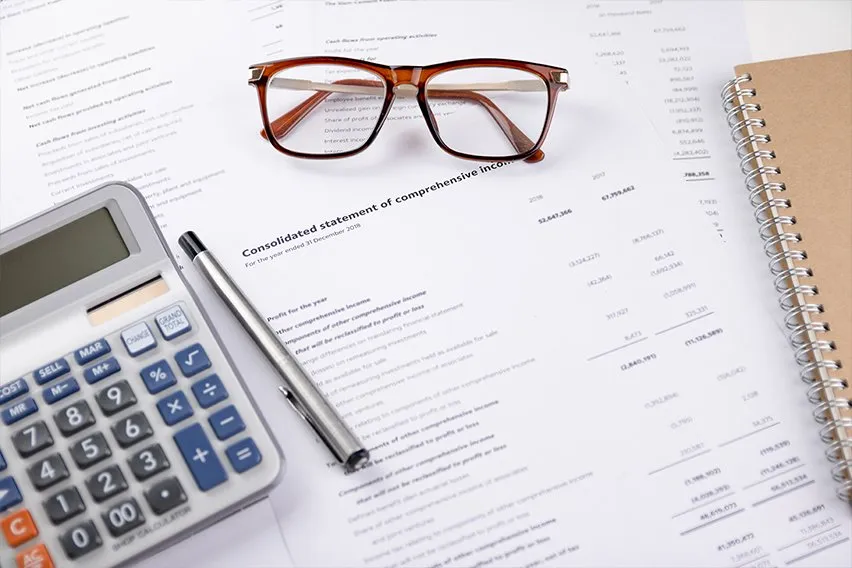
As a business owner, are you aware of all the different taxes for business income you’re required to pay or charge customers? There can be a lot to know and take into consideration depending on your business sector. Some financial services are going to pay different taxes compared to a travel agency or property management service.
Usually, a VAT-registered business will charge VAT when a customer completes a purchase, and then pay standard rates on those purchases. But, some businesses have an alternative way to deal with their VAT in the UK.
This is where the Flat Rate Scheme (FRS) comes into play.
Here’s What We’ll Cover:
What Is the Flat Rate VAT Scheme?
How Does a Flat Rate VAT Scheme Benefit Business?
What Is the Flat Rate VAT Scheme?
With the Flat Rate VAT Scheme, you would continue to charge the standard rate VAT to your customers when they make a purchase. You would also continue to pay VAT on any purchases at the relevant rate. The relevant rate can vary, but for example, a business that sells standard-rated goods will charge 20% VAT.
However, one main difference with the Flat Rate VAT Scheme is that you pay a flat rate VAT percentage directly to HMRC. It doesn’t take into account the VAT on your purchases, like your Input Tax. Essentially, you would keep any difference between what you charge customers and what you pay to HMRC for the current period.
The Flat Rate Scheme can get used in partnership with the Annual Accounting Scheme. However, it can’t get used with the Retail Scheme or the Cash Accounting Scheme.

There are some main benefits to the Flat Rate VAT Scheme, and they include:
- Better and more streamlined cash flow management
- Opportunity to use fixed-rate percentages that are lower compared to the standard VAT rate
- Simplified and efficient record-keeping, avoiding the need for records of sales and invoices
Who Is Eligible for the VAT Flat Rate Scheme?
If you are VAT registered then you can join the Flat Rate Scheme. Just keep in mind that your VAT taxable turnover needs to be 150,000 pounds or less over the next 12 months. If you’re not sure, your VAT taxable turnover is the total amount of everything that you sell that isn’t VAT exempt.
Businesses are not eligible for the Flat Rate Scheme if their income at the end of their accounting period is over 230,000 pounds. This is including your VAT and even if you expect it to exceed that amount over the next 12 months.
There are several other conditions that you must meet as well to qualify for the Flat Rate Scheme. For example, if your business used to be part of the scheme but left in the last 12 months, you wouldn’t be eligible. For a full breakdown of the conditions, visit the HMRC website.
How Does a Flat Rate VAT Scheme Benefit Business?
The HMRC Flat Rate Scheme has a ton of benefits for your business. And it can be a simple process to complete. Once you know how to complete the online form, accounting for the flat rate VAT doesn’t require the need to reconcile receipts.
With the Flat Rate Scheme, there is much less administration for you to worry about and there can be a potential increase in your profits. It allows you to create a better and more streamlined process to manage your cash flow. Which can lead to reduced costs and additional opportunities.
Plus, you get to use a fixed-rate percentage that is lower than the standard VAT rate. For example, if you charge 20% VAT to your customers and end up paying a flat rate percentage of 16%, you would keep the difference.
There’s also no more need to keep detailed records of all your sales and invoices. This can help you focus your time and energy on other areas of your business. You won’t have to spend time organizing all your documentation and tracking down lost paperwork.
However, to make sure that the Flat Rate Scheme will work for your business type it’s important to take a look at a few details. If you’re a service provider who doesn’t spend very much on goods or products, for example, the Flat Rate Scheme might not work best. But, if you sell agricultural products or other business services, you might benefit compared to the standard VAT scheme.

Key Takeaways
Before you get too far into figuring out your details for the Flat Rate VAT Scheme, you should ask yourself a few questions first.
- What does your company do and how will it affect the flat rate VAT?
- What sort of VAT outputs and inputs does your business have?
- How quickly might your revenue surpass the flat rate VAT limit?
- Does your business earn any exempt income?
Answering those questions can be a good place to start if you’re looking into the Flat Rate VAT Scheme.
With the Flat Rate VAT scheme, your business continues to charge VAT to customers and you also pay VAT on purchases as per usual. The difference is that the VAT you pay will be a fixed rate, and you keep any difference between what you charge customers and what you pay HMRC.
This can help lead to more streamlined cash flow and a more simplified accounting process. There won’t be a need to keep detailed documentation and records of past sales and invoices. And there can be some conditions for your business to meet, so be sure to check out the HMRC website for more information.
Did you enjoy reading this guide? Head over to our resource hub for more!
RELATED ARTICLES

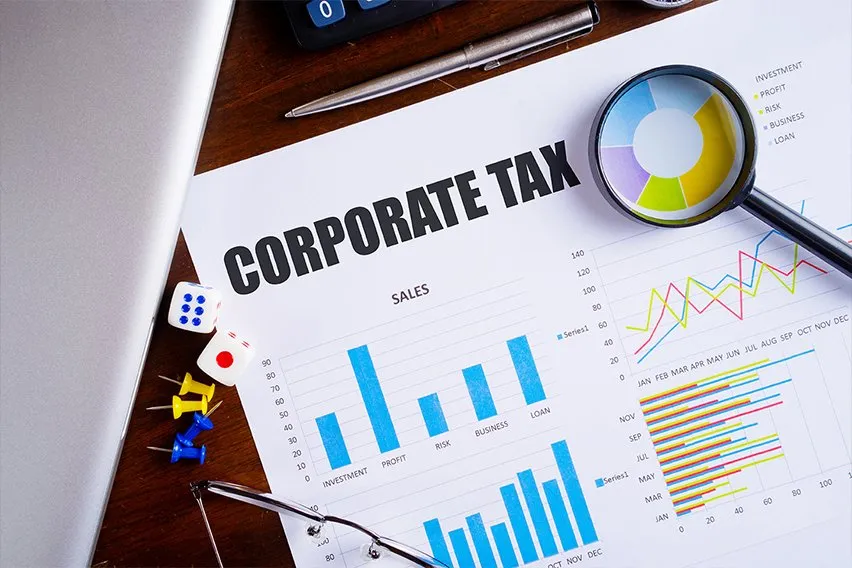 What Is Corporation Tax? Definition & Calculation
What Is Corporation Tax? Definition & Calculation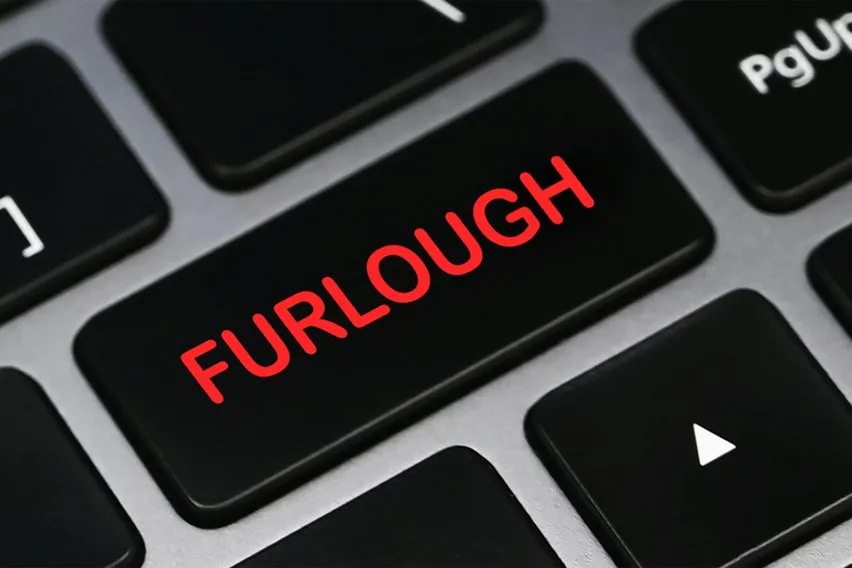 4 Best Furlough Calculators to Calculate a Coronavirus Furlough Claim
4 Best Furlough Calculators to Calculate a Coronavirus Furlough Claim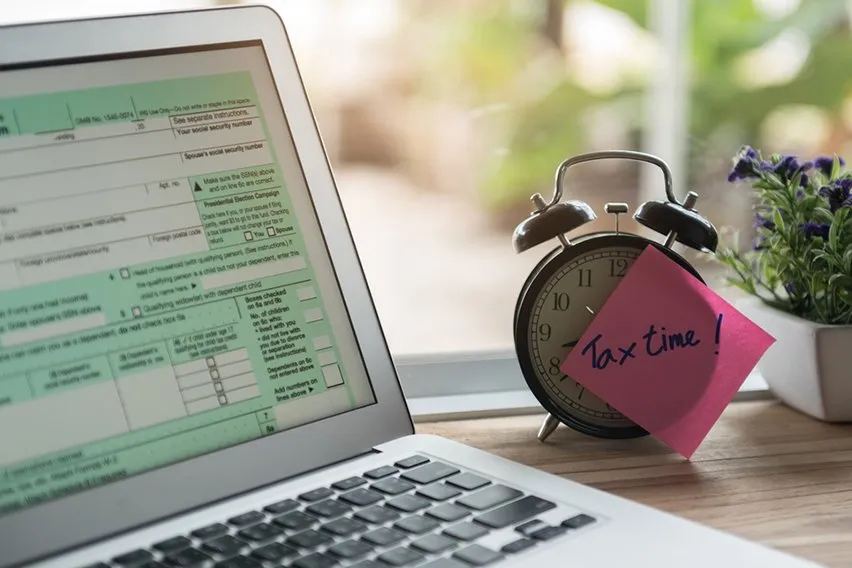 Online Tax Return: Guide to File Self Assessment Tax Return
Online Tax Return: Guide to File Self Assessment Tax Return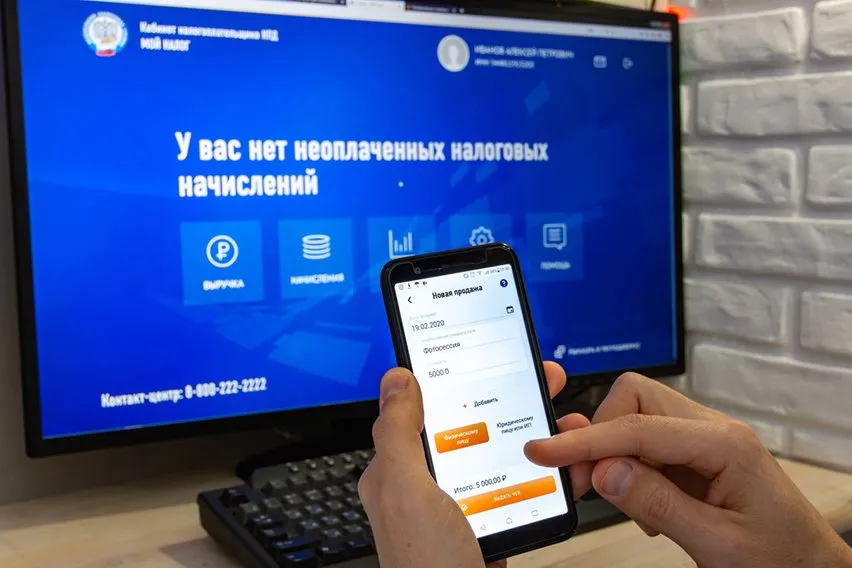 How to Register as Self-Employed in the UK? A Step-by-Step Guide
How to Register as Self-Employed in the UK? A Step-by-Step Guide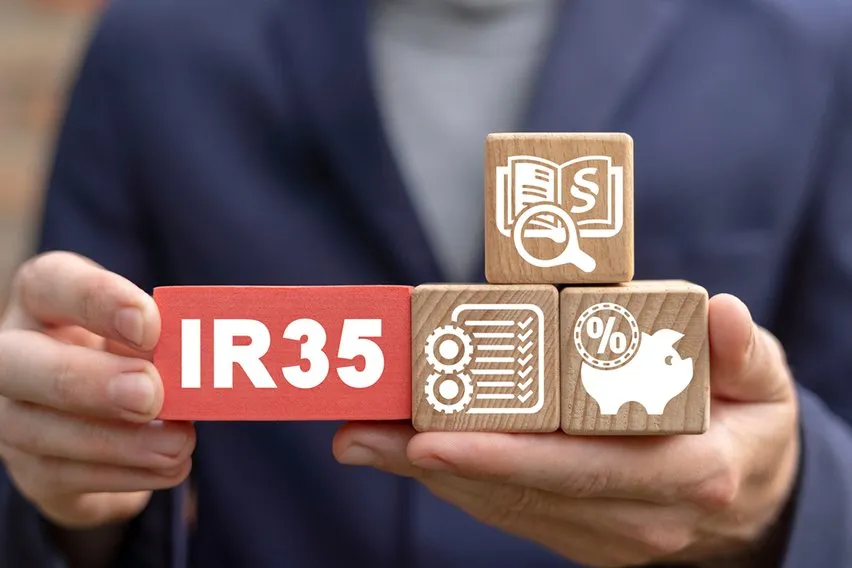 What Is IR35? A Guide to Its Rule & Changes
What Is IR35? A Guide to Its Rule & Changes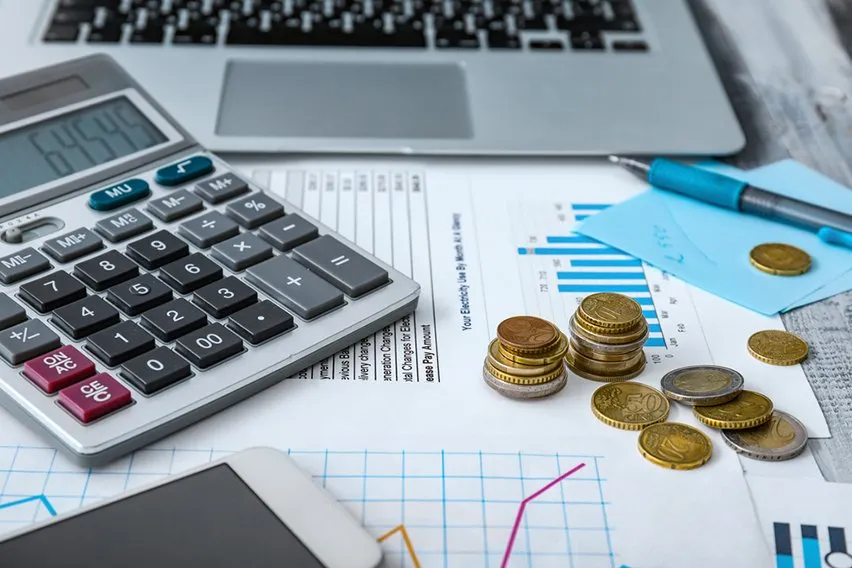 What Is the Emergency Tax Code? A Tax Code Guide
What Is the Emergency Tax Code? A Tax Code Guide